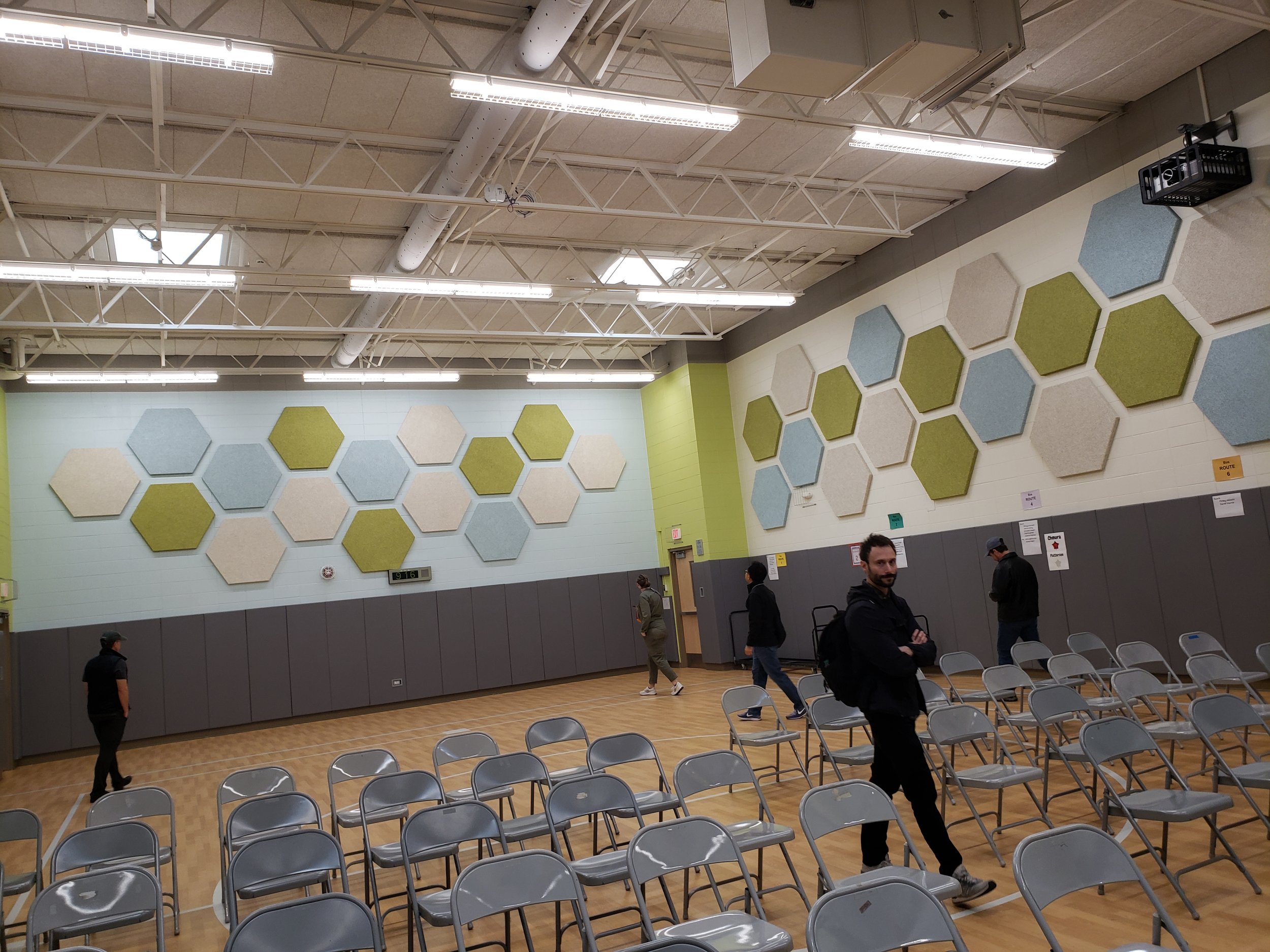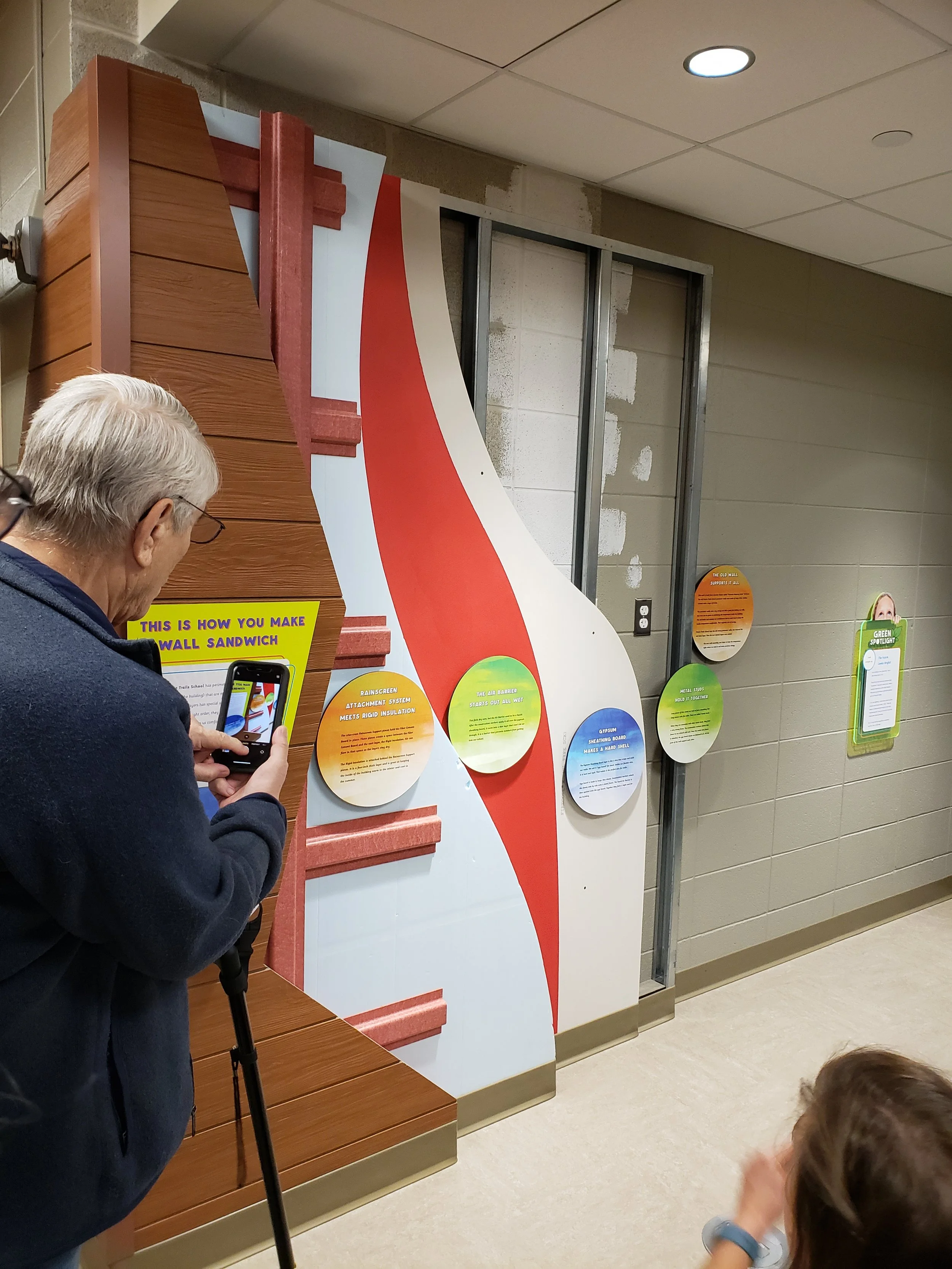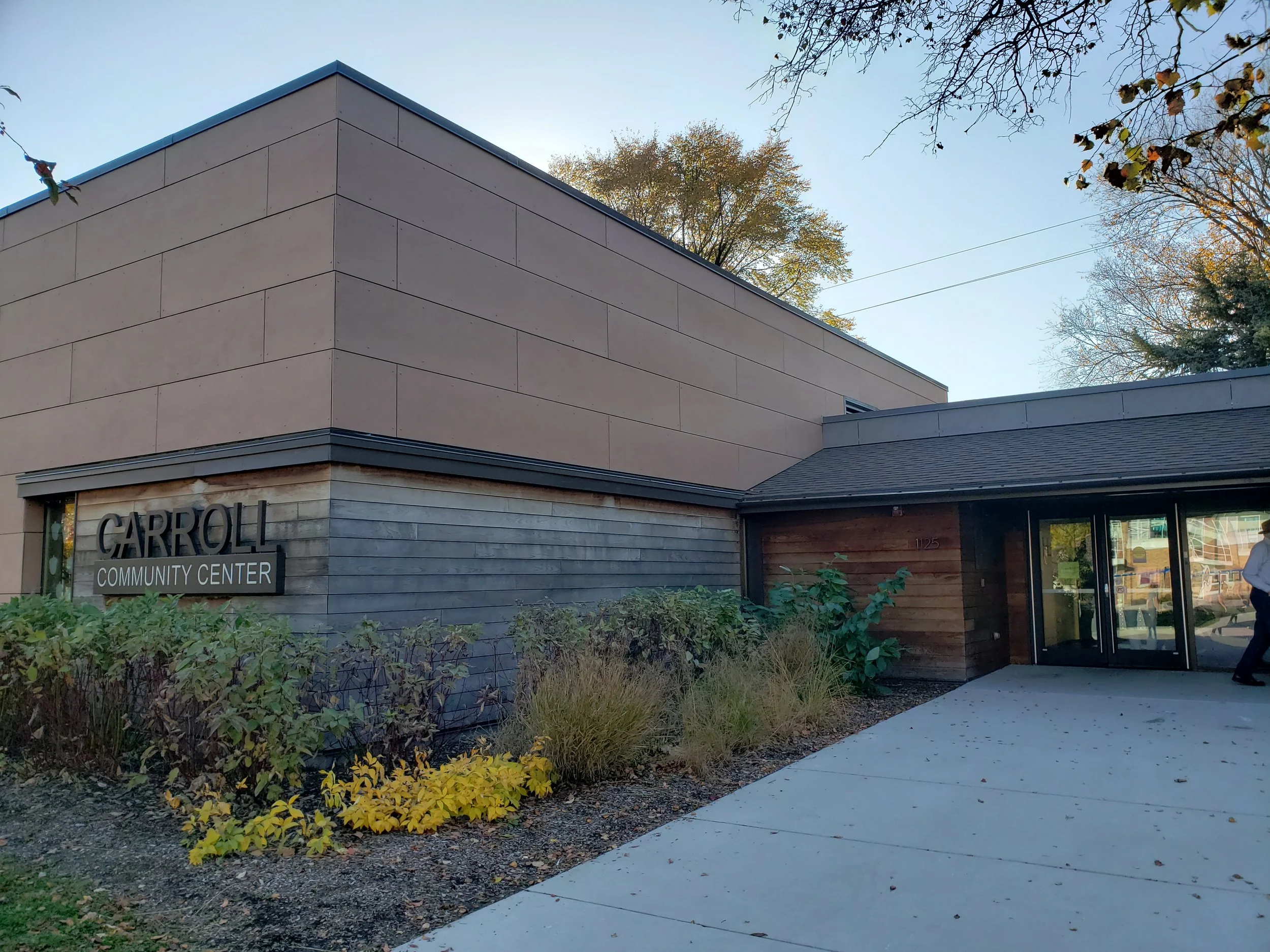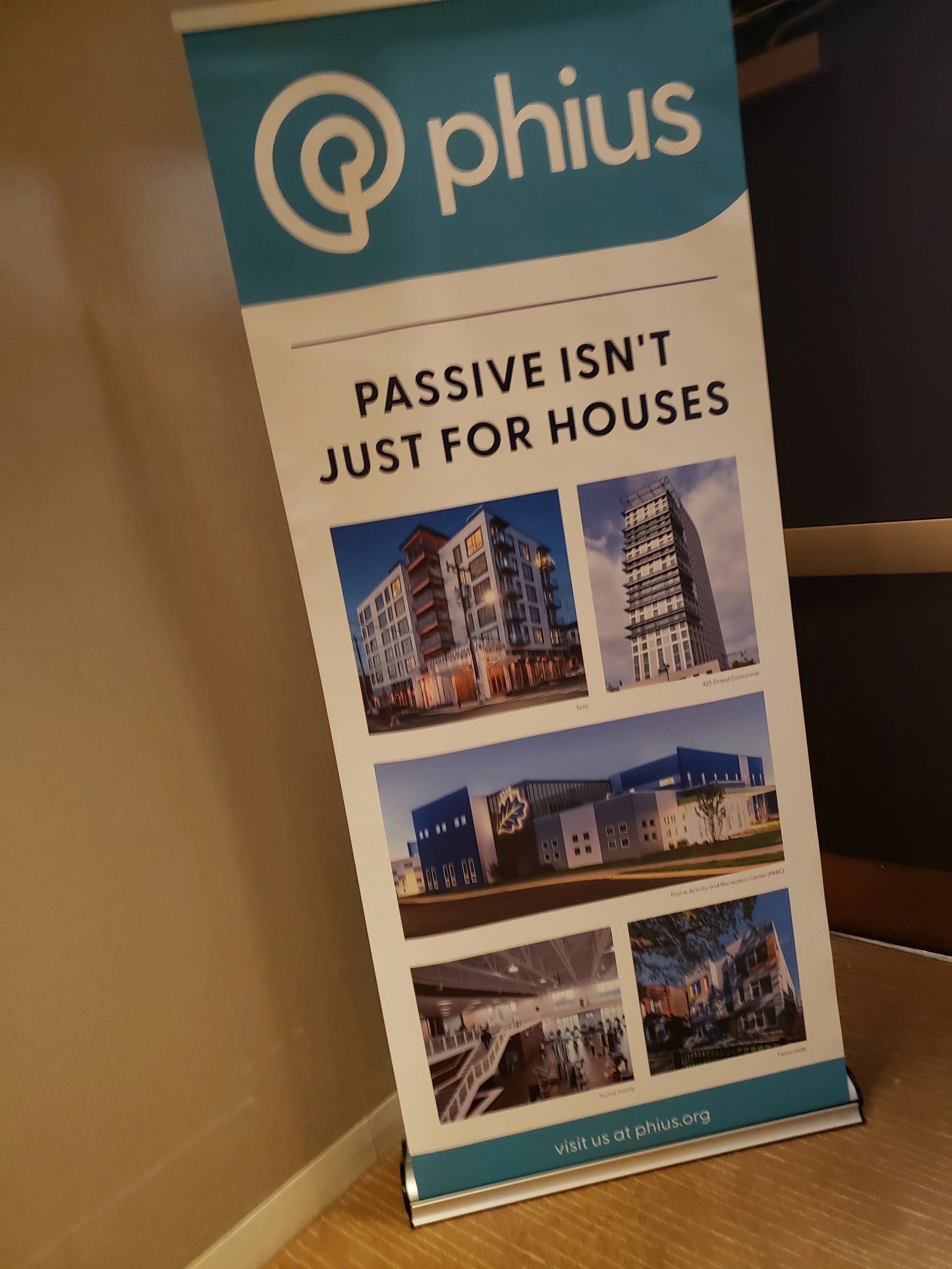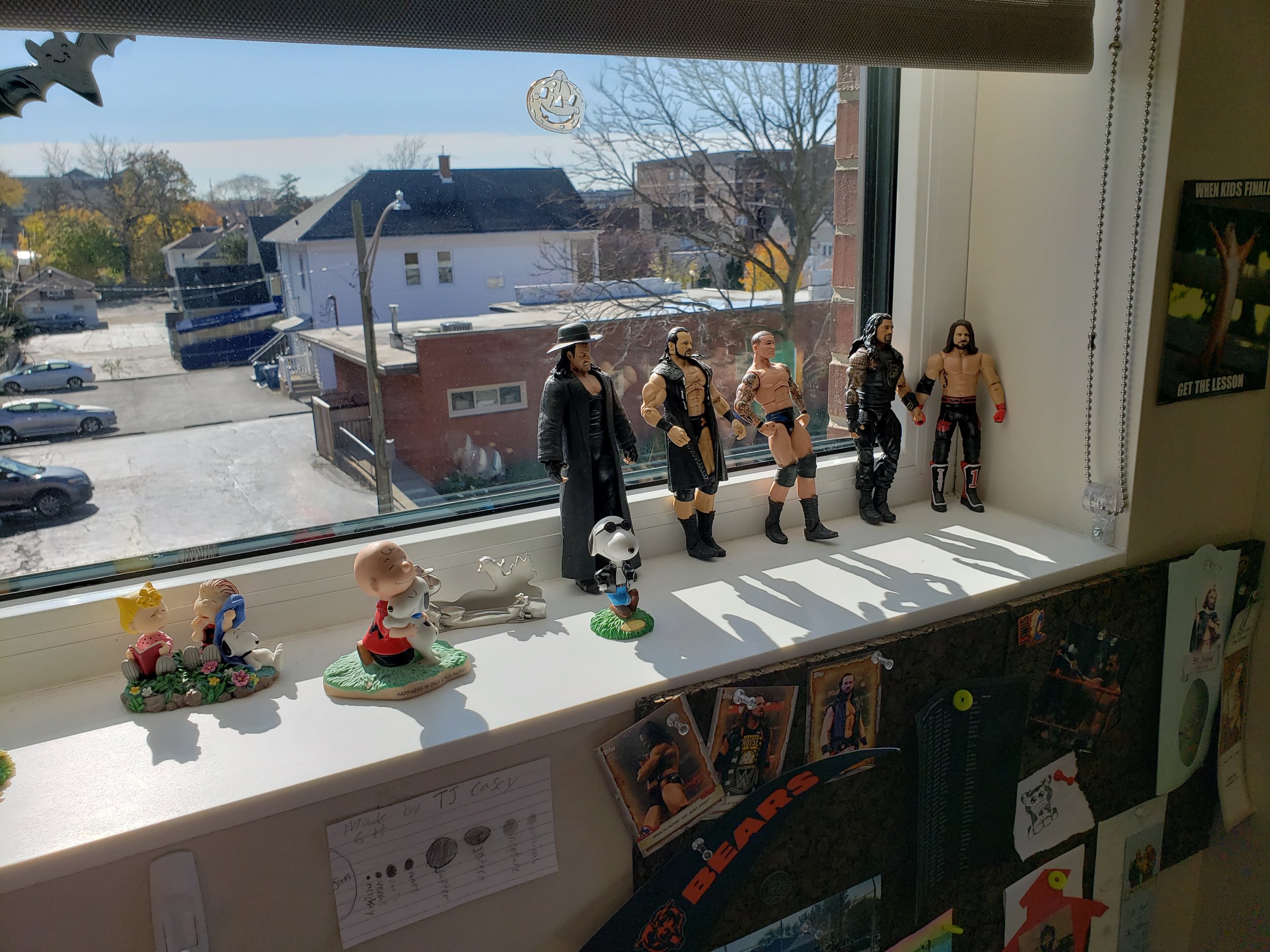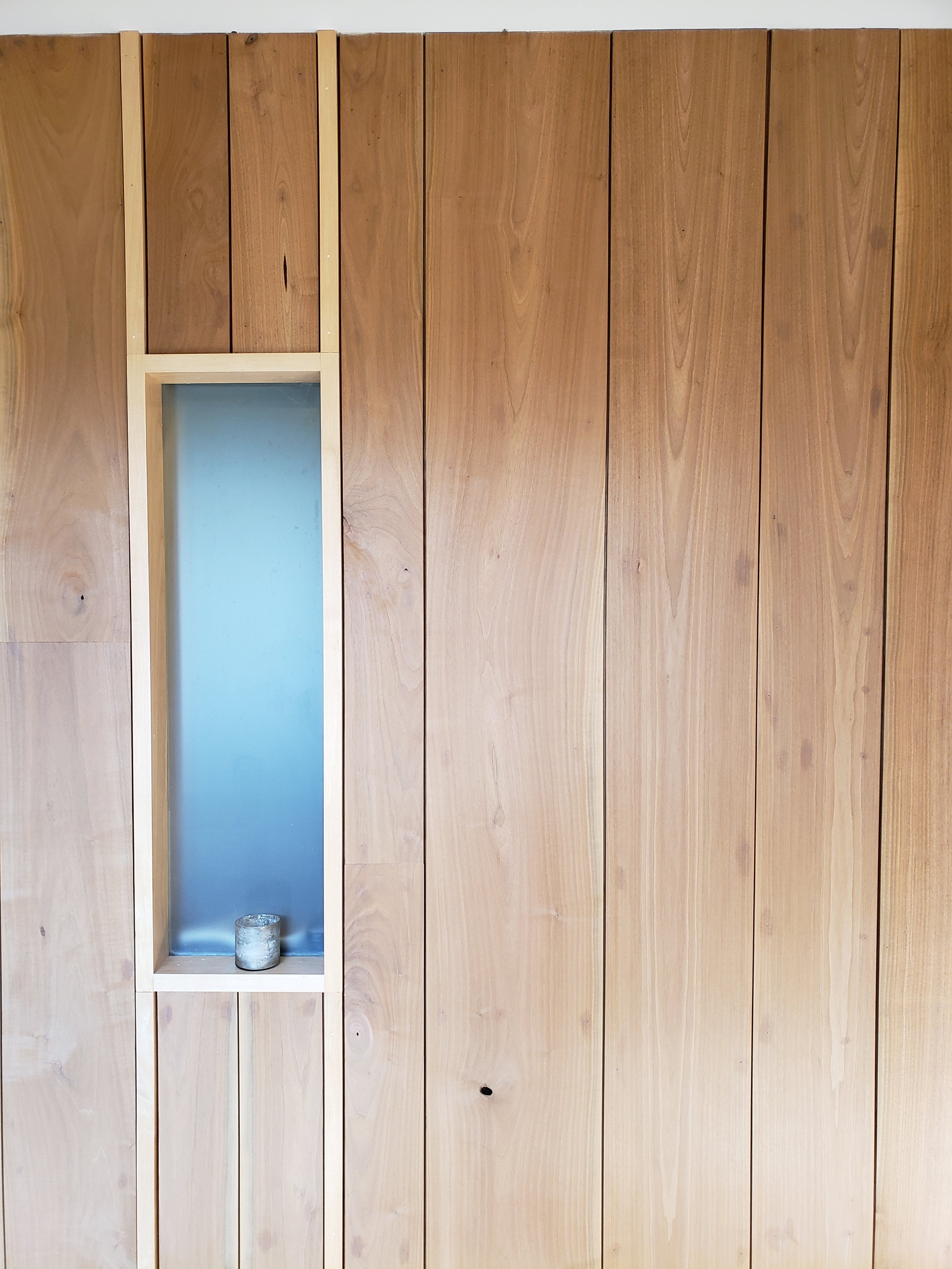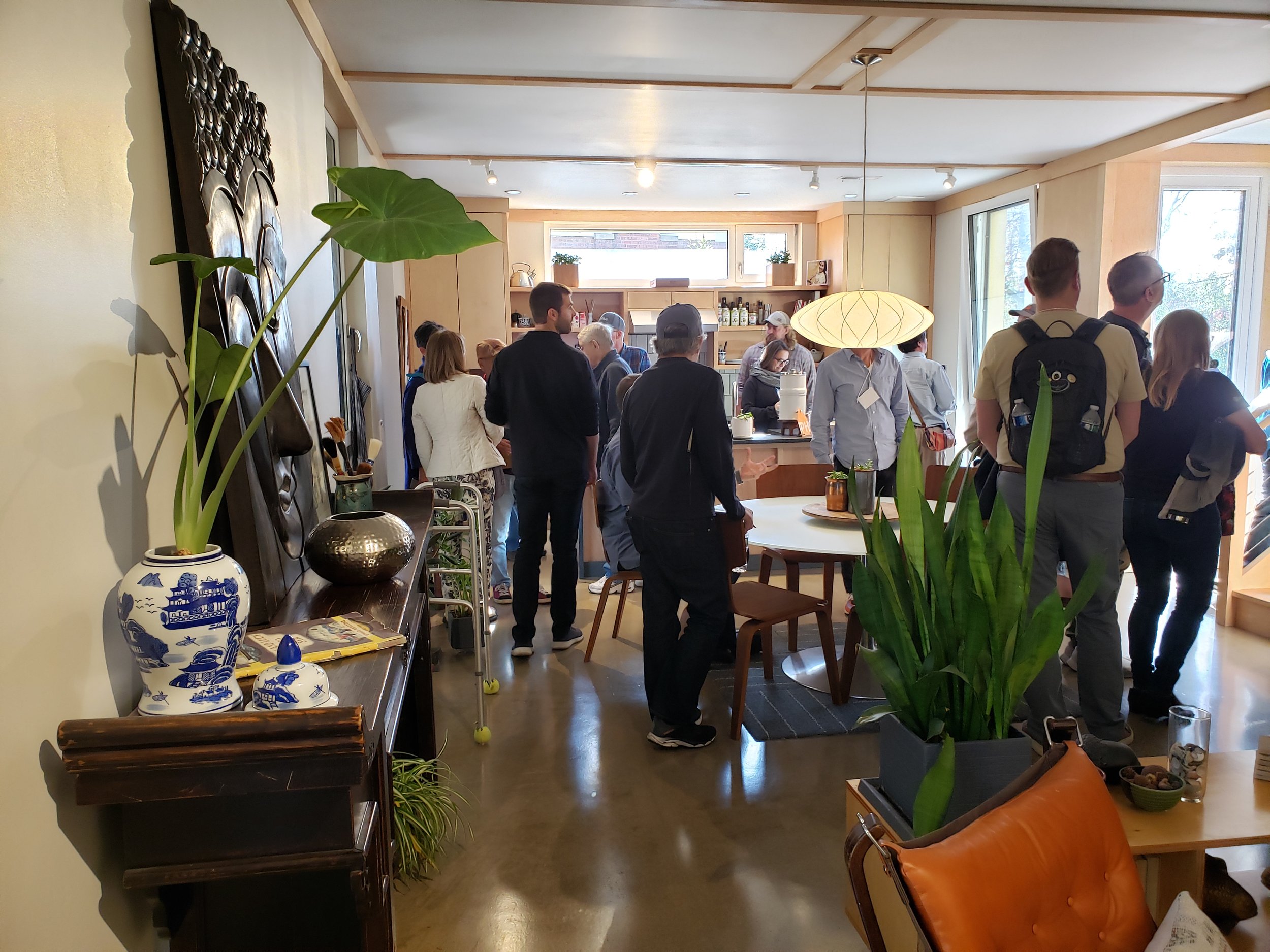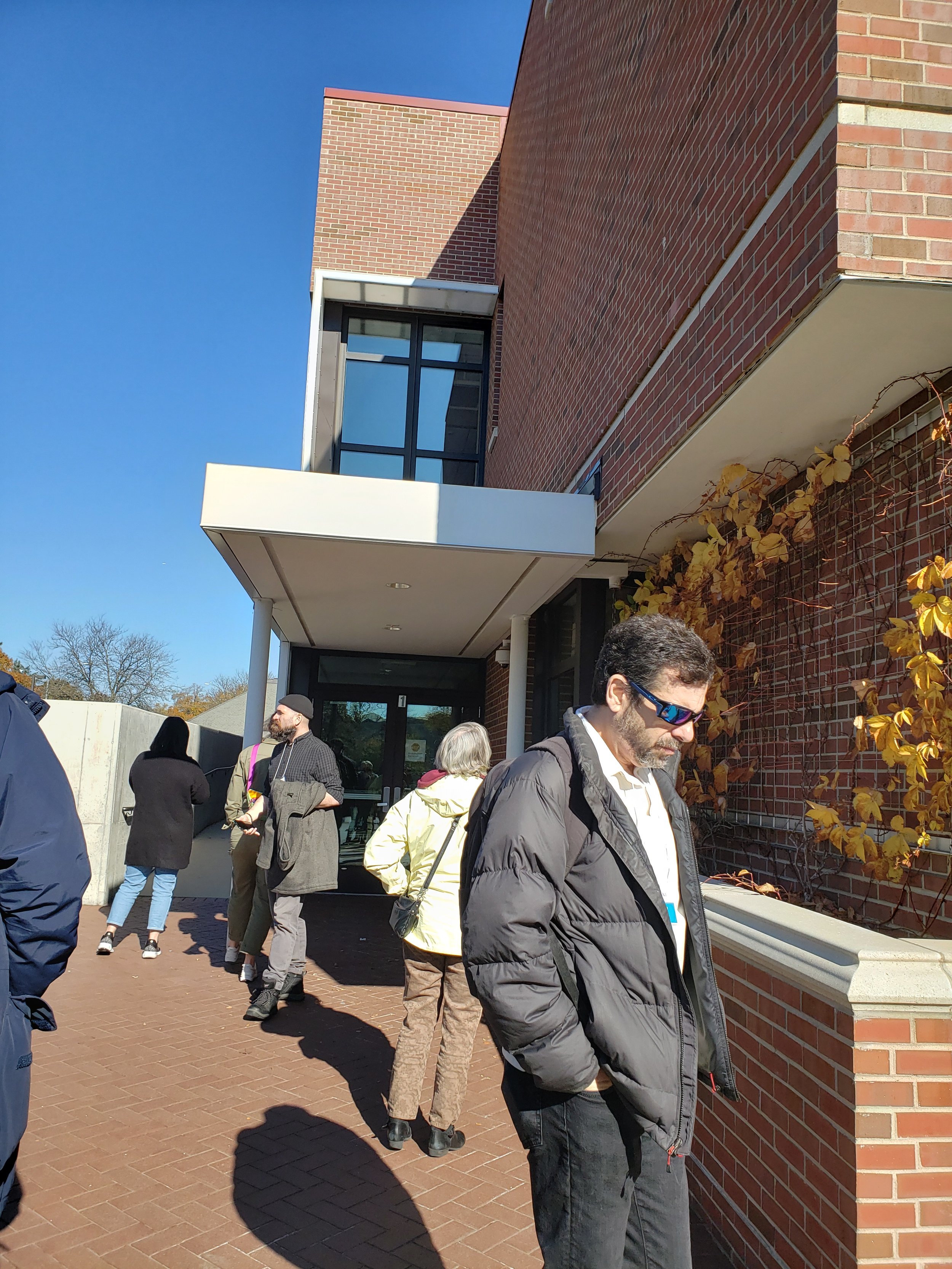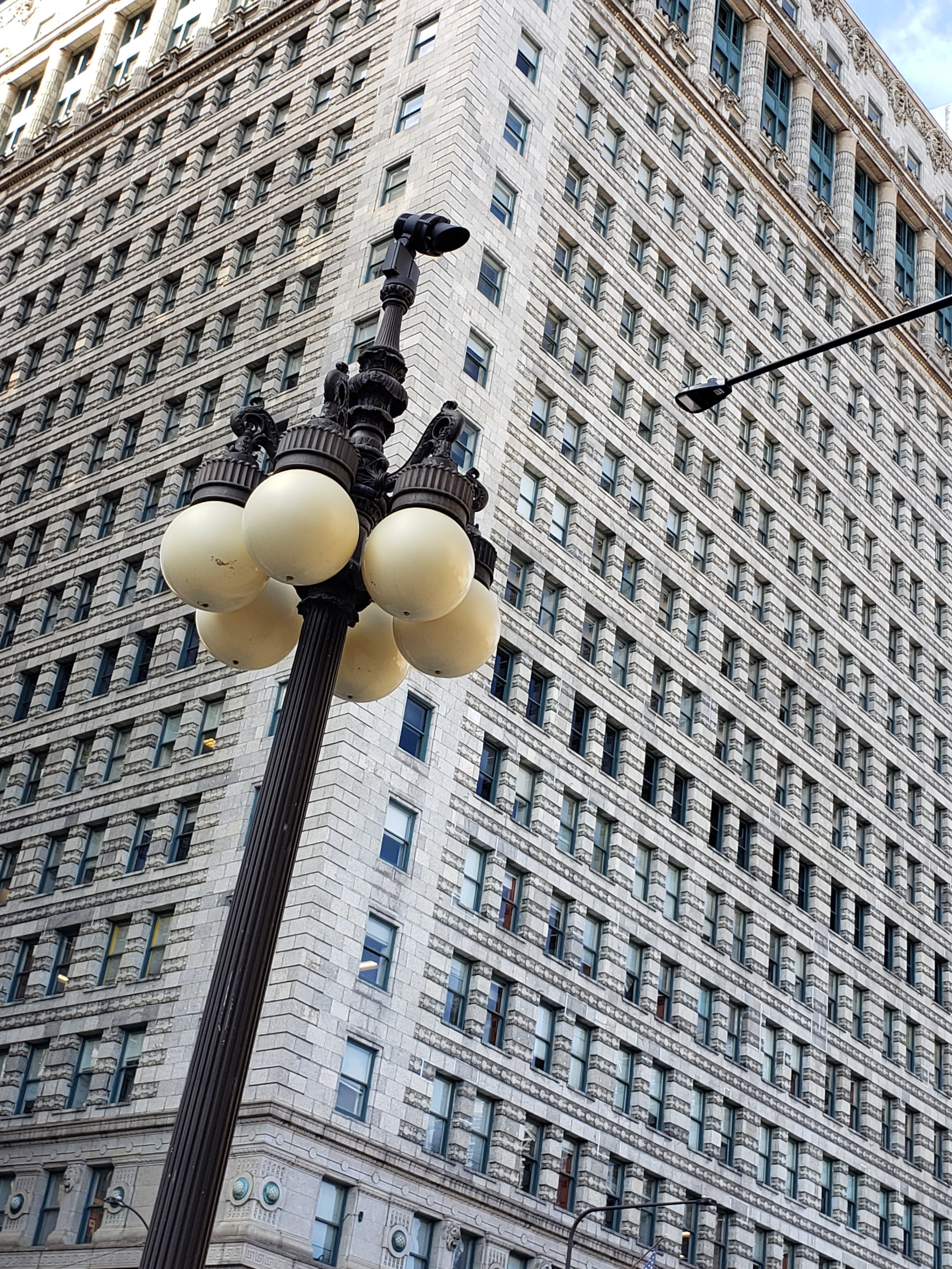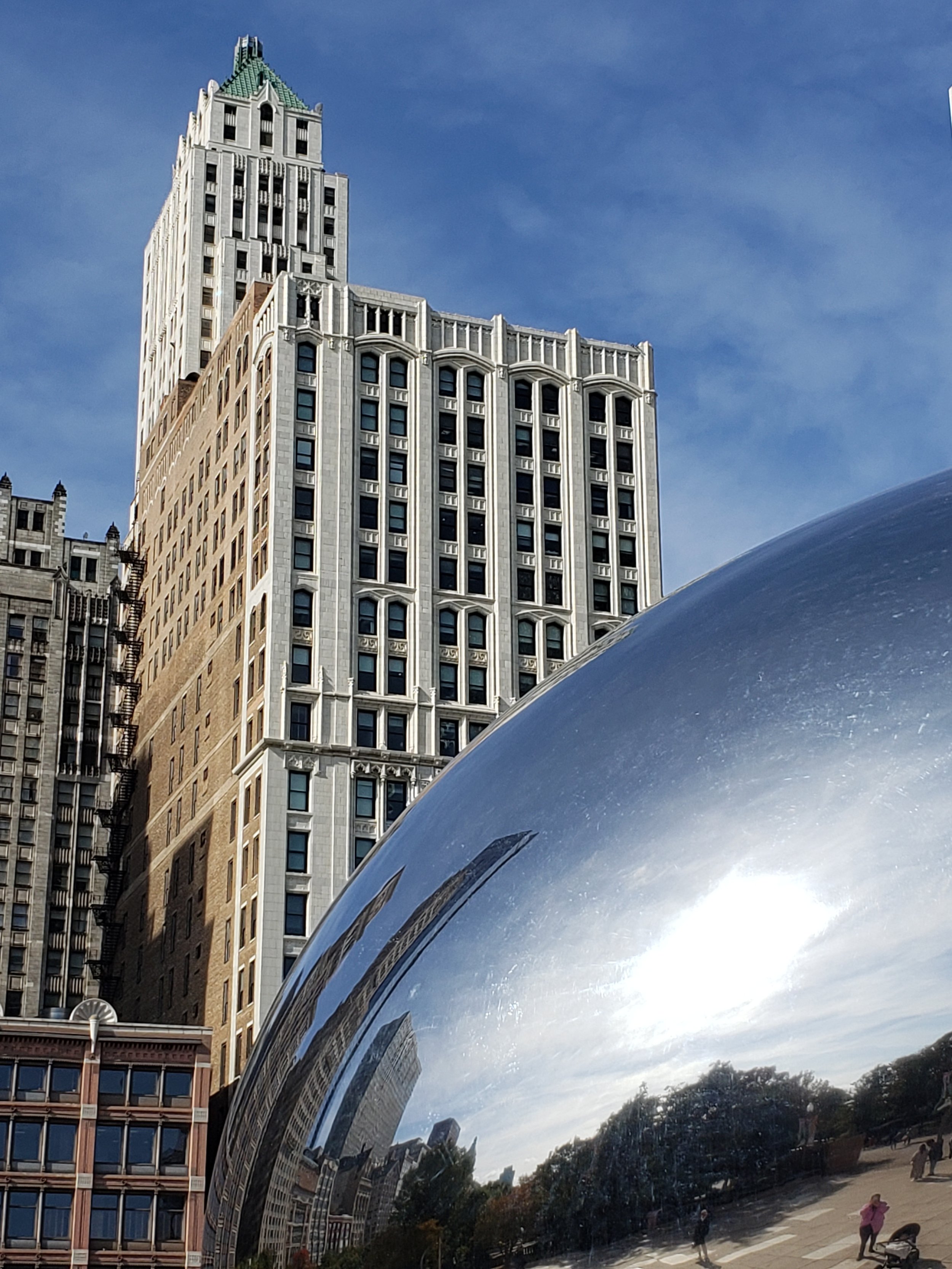Top 5 PHIUScon 2022 Takeaways
PHUIScon 2022 was held in Chicago this October, and it did not disappoint. It was hosted at the beautiful Palmer House, a historic hotel and conference center located just a block off Michigan Avenue. The sessions were informative and inspiring. We are seeing Passive House grow throughout the United States, with more and more data available to show its impact on reducing energy consumption and carbon emissions. It truly feels as though we are turning a corner into a new era of broad adoption. Of all the incredible content, there were definitely a few highlights.
Prairie Trails Elementary School Passive House Retrofit, Des Moines, IL
Passive House Teaching Wall for students, Prairie Trails Elementary
1 Retrofits are the Passive House Wave of the Future
While the desire to design new buildings to meet Passive House is getting stronger, the opportunity to apply Passive House to retrofits is on the rise and is a real opportunity to make an impact quicker. The tours on Saturday highlighted two such retrofits. The first was an elementary school whose district tried unsuccessfully for years to pass a bond to build a new school. Recognizing that they needed to do something, they used Illinois Clean Energy Community grant funds to do a full Passive House retrofit. The second was an addition and retrofit to the Carrol Community Center. Both projects were beautifully executed, integrated educational opportunities for the users, and have been praised by their occupants for comfort and efficiency. As the cost of construction continues to grow, I can see more and more districts choosing to do these types of deep energy retrofits using Passive House to preserve and reinvigorate existing facilities.
Carrol Community Center Passive House Addition and Retrofit, Oak Park, IL
2 We Need Local Prefab Options Across the Country
There was much discussion about the advantages of off-site construction to reduce costs, reduce construction time, improve quality control, and apply high-performance strategies. The current problem is the lack of suppliers of off-site construction where we need it—everywhere. This industry needs to grow and grow fast.
Each of us in our own communities needs to reach out to anyone in the building community who might have the ability to convert an existing business into a prefab facility or start a new one. Talk with our Economic Development associations, Builder’s associations, and local construction suppliers.
Future architects on their electric Vespa outside their Passive House retrofit school
3 Our Youth are Ready
This is the first conference that I am aware of that has a Youth Track. Several young people from around the country came to present, participate, learn, and share their knowledge of Passive House and Climate Change. It gives me such hope to see this forward-thinking approach not only to conferences, but to curriculum that is being developed across the county to get young people in on the conversation so that they can be leading the search for solutions. Kudos to the PHIUS team for making this happen and for all their efforts to put the messages out far and wide.
4 Nothing that we Build Now Will be Replaced by the 2045 Challenge Dates, so Build Smarter
The first net-zero challenges were set to be achieved in 2020. Those have since been slid to 2030, 2040, and even 2050. That means that what we build today will most likely not be replaced by 2045 or 2050 and will be sustainably obsolete if it is not being designed to Passive House type standards. There are so many facilities being designed today that not only will use more energy and carbon than they need, but they will also need the kinds of expensive retrofits we toured on Saturday.
The time is now, and an easier path to net-zero is through Passive House design.
Passive House window sills make great spots for Action Figures, from St. Joseph School Addition, Downer's Grove, IL
5 We have 5870 Working Days to Get it Done
2045 seems like a lifetime away, right? Well, it’s only 5870 working days away. To put it into perspective, it’s roughly the same amount of time that has transpired since the 911 attacks. What seems like a long time is right around the corner. We can’t wait any longer. I urge every practitioner to push every project, large and small, towards a low-carbon, high-efficiency design. Mother Earth is counting on us.


